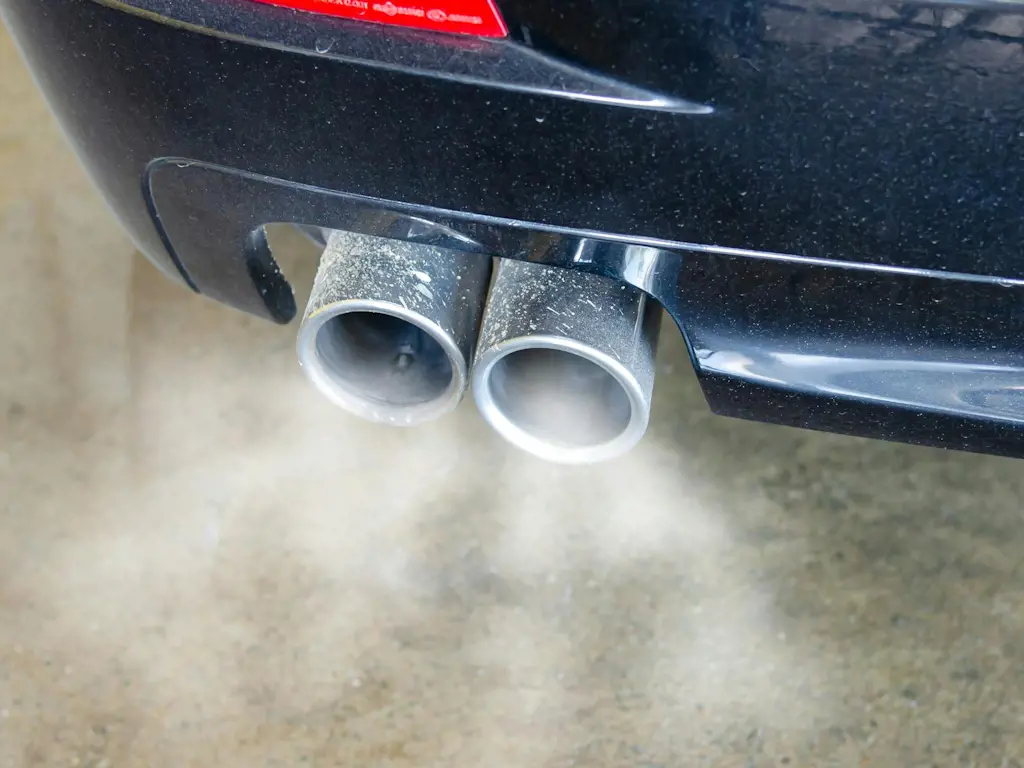
Carbon Literacy: Why It’s Hard but Crucial Right Now
Over the past few years, companies like Auto Trader have made real strides in improving carbon literacy across the automotive sector. Nearly 1,400 of their 1,800 staff are trained in Carbon Literacy, and over 5,000 employees are trained across 200 organisations.
And yet, looking at the bigger picture, no meaningful progress has been made in reducing global temperatures since 2019. The challenge ahead feels greater than ever.
The Tony Blair Institute’s recent report, The Climate Paradox, sharply defined this growing disconnect between climate concern and climate action. It points out that while public understanding and anxiety about climate change are rising, actual policy traction is stalling. People care—but politics and systems aren’t keeping pace. So why is it so difficult to make an impact, and why is it more important than ever to keep pushing?
Understanding the Complexity
First, it’s essential to recognise that climate change is both a scientific and systemic challenge. While public understanding has improved, thanks to the IPCC, Road to 2030 plans, and workplace education initiatives, implementing action is far harder. Climate systems work over decades, not days. We see a cold winter or a single flooding event, but not the gradual rise in global temperatures, making it harder to stay emotionally engaged.
The system itself is immensely complex. Greenhouse gases—carbon dioxide, methane, nitrous oxide, and fluorinated gases—accumulate and interact over long periods. Even with success stories like the Montreal Protocol, which repaired the ozone layer, the timeline was over 30 years. Meanwhile, the climate shifts: hotter summers, wetter winters, and more unpredictable extremes.
The Scale of the Challenge
Different sectors contribute differently. Transport now accounts for around 31% of UK emissions, buildings 20%, and industry 14%. Tackling climate change requires changing almost everything—from how we move and what we eat to the way we build and power our lives.
Even solutions like electric vehicles (EVS) are not silver bullets. While EVS will get cleaner as the grid decarbonises, their upfront production emissions are still higher than those of traditional vehicles. That said, real progress is being made: the cobalt content in batteries has dropped from 33% to 10%, and 90% of EV batteries are now recyclable. But scaling these changes takes time.
Global inequality is layered on top. Nations like India and parts of Africa have contributed the least to the problem and are experiencing the most severe impacts, from extreme heat to devastating floods. This makes international cooperation harder but also more urgent.
Why It Matters More Than Ever
Despite all this, giving up isn’t an option. Climate action delivers far more than reduced emissions. It means cleaner air, healthier cities, more resilient infrastructure, and future-proofed economies.
We know large-scale change is possible. The Montreal Protocol, the energy transition already underway, and the rapid scaling of renewables show us that science, policy, and industry can align. But that alignment requires people—citizens and employees—who are informed, motivated, and ready to act.
That’s where Carbon Literacy comes in.
The Role of Carbon Literacy
Carbon Literacy training helps people understand science, its causes, and its solutions. A carbon-literate workforce doesn’t wait for a sustainability team. They take action in their roles—cutting business travel, switching to renewables, promoting EVS, and improving supply chains.
However, the true power of carbon literacy is cultural. It shifts the question from “What are they doing about it?” to “What can I do?” It creates climate leaders at every level of an organisation—people who are equipped, empowered, and connected to the mission.
Conclusion
The climate crisis is daunting. However, inaction, as The Climate Paradox outlines, is often the result of complexity, not apathy. That’s why education and engagement at every level matter so much.
Carbon Literacy bridges the gap between knowledge and action. It helps turn good intentions into practical steps. And as Auto Trader and hundreds of other organisations have shown, change doesn’t start in policy papers—it begins with people.
Difficult? Absolutely. Important? More than ever.
Have a great week!
